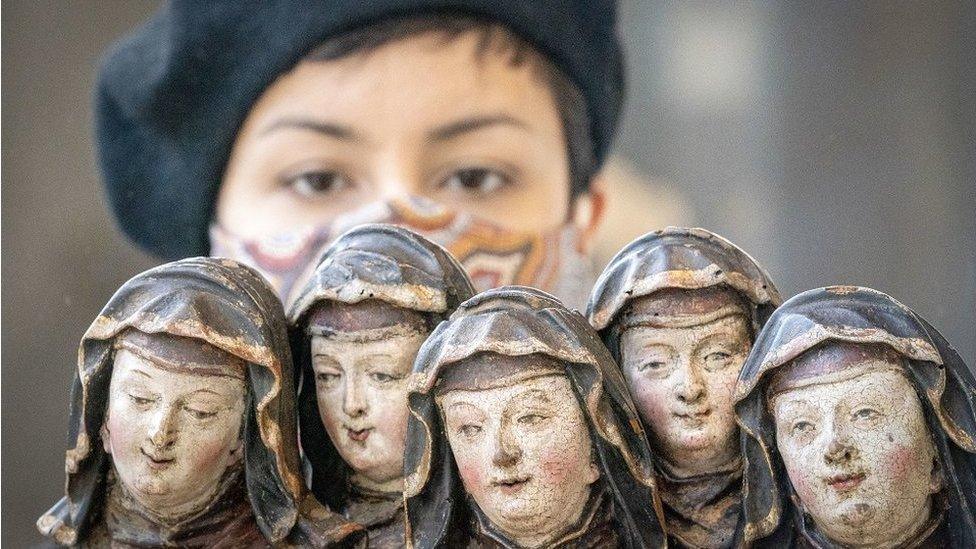Kilmartin: The museum showing treasures found on its doorstep
- Published
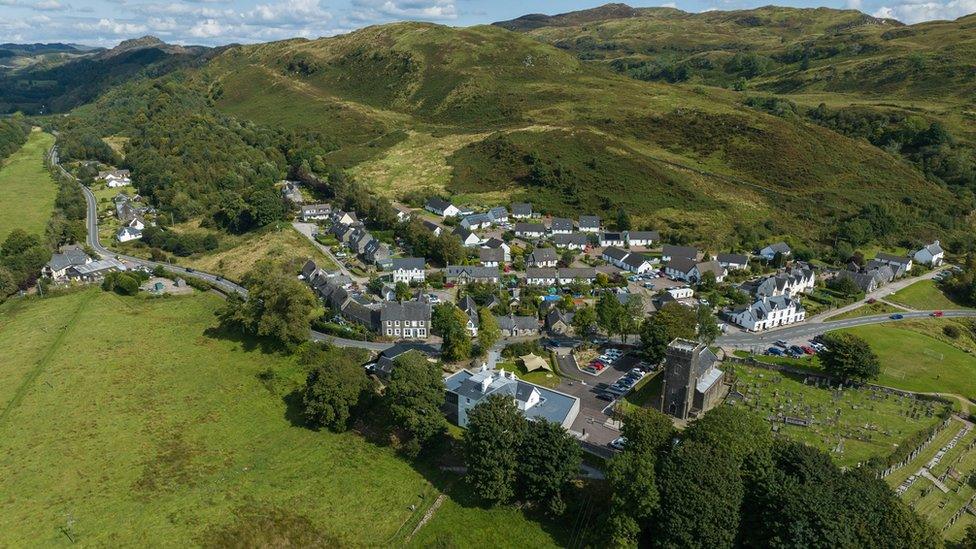
The collection at the Kilmartin Museum was unearthed by archaeologists within a six-mile radius
Kilmartin Glen - on the road between Lochgilphead and Oban - is a tranquil place, but it hasn't always been so.
Across 12,000 years, it's been the seat of kings, the burial place of nobility, and the site of battles.
The evidence of this - the 800 tombs, stone circles, standing stones and monuments in a six-mile radius and the pots, bowls, arrowheads, and human remains which have been unearthed there over the last two centuries.
The foundations of Kilmartin's own collection came from two archaeologists, Marion Campbell and Mary Sandeman, who conducted the first full survey of mid-Argyll in 1962.
Marion went on to donate her collection to the museum but it was to be decades before it had the space or the status to show properly.
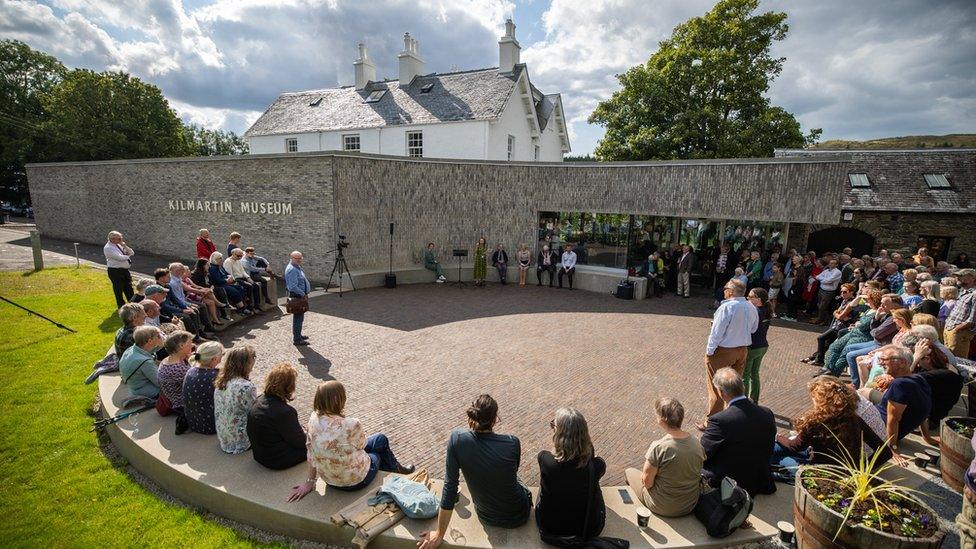
The museum has had a major redevelopment to display the treasures found on its doorstep
In 1997, Rachel Butter and David Clough established a museum in an 18th Century manse building. It had just 10 objects and a team of enthusiastic volunteers, who hoped one day to be able to showcase the artefacts discovered on their own doorstep.
It was a challenge archaeologist Dr Sharon Webb was keen to embrace when she was appointed as director of the museum in 2004.
"Our collection had grown from 10 objects to 20,000 but we didn't have the space to show them. So we set about raising the funds to do that."
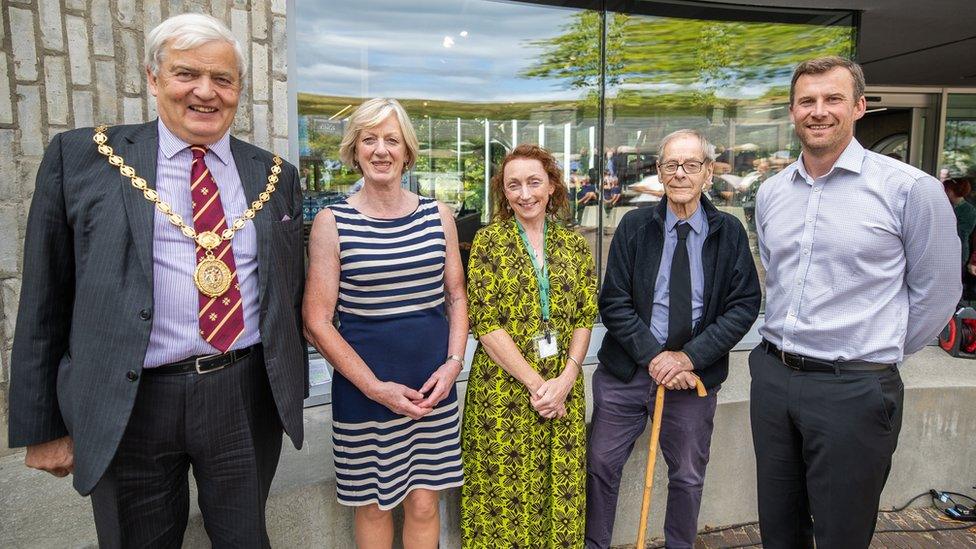
(Left to right) Lord Provost Maurice Corry, chair of the board of trustees of Kilmartin Museum Grace MacLeod, museum director Dr Sharon Webb OBE, patron of the museum Neal Ascherson and Andrew McConnell of the National Lottery Heritage Fund
It took more than a decade to persuade funders - including the Heritage Lottery Fund - to back the £7m project. Reiach and Hall Architects were commissioned to create a new building which not only showcased the collection but linked it back to the landscape where the artefacts were found.
But then came the pandemic, and the plans had to be put on hold.
"For us, it came at a moment when we thought the whole project was going to fall apart," says Dr Webb.
"But somehow we were able to navigate it, just as prehistoric people navigated life, and it feels good to have got to this point."

Three Beaker pots, from the grave of a person who originated on the continent, are on display
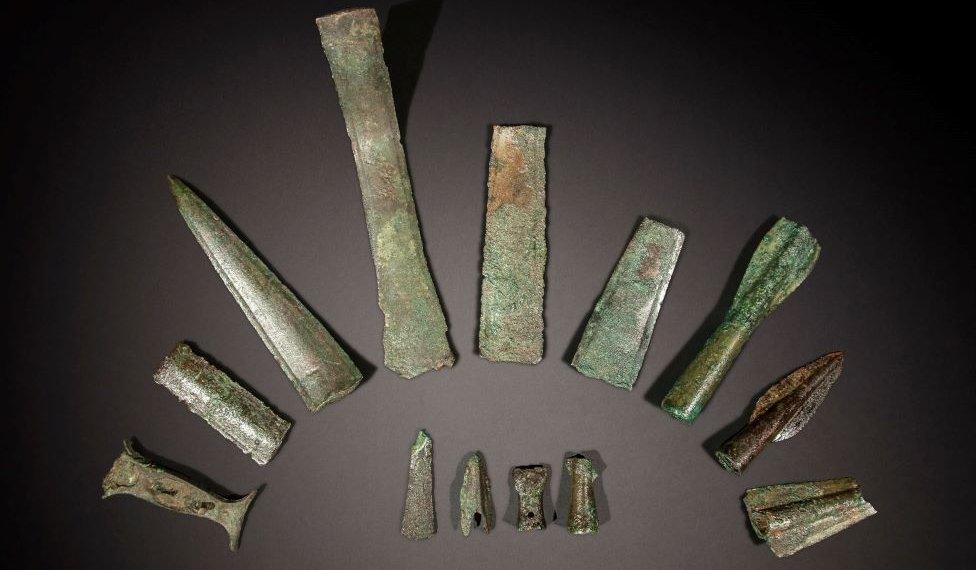
Weapons and other sharpened tools are among the artefacts gathered at Kilmartin Museum
The support of the immediate community was vital. Jim Malcolm lives across the road from the museum and has been a volunteer walking guide for the past 15 years.
"It's a hugely significant area," he said, "You can go round the museum and read the display boards but to then go on and explore the monuments and be led by a guide who can tell you the stories that you won't find on the display boards."
The star object in the original museum was the Glebe pot, a Bronze Age vessel unearthed in the 1860s in the cairn right outside.
The pot still has pride of place, and is one of a number of items on loan from the National Museums of Scotland and the British Museum, who at the time were among the only collections with the facilities to look after the treasures.

That changed in 2019 when Kilmartin Museum's collection was named as Nationally Significant by Museums Galleries Scotland and an independent panel of experts.
And the collection continues to grow. In 2021, the earliest animal carvings in Scotland were found in the Glen. The new museum will feature two laboratories where future finds can be analysed.
"Sometimes I feel I can't go out for a walk without tripping over a rock art site," says Dr Webb.
"There's work and excavations ongoing. As part of redevelopment project we're undertaking an excavation around a rock art site in the north end of the glen. There's a huge amount still to learn about the prehistoric and early historic landscape. It's a never ending journey of discovery.
"Museums can sometimes be seen as static. But they're not, they're living, developing and evolving."
"It's a huge privilege to be able to look after this and hand it on to the next generation, to be able to tease out the stories, undertake new research."
- Published12 August 2023
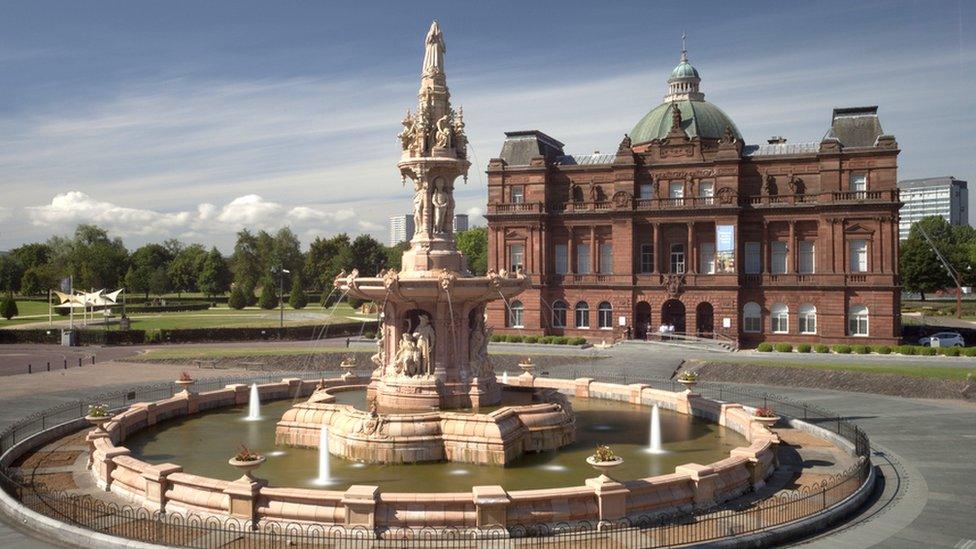
- Published12 July 2023
